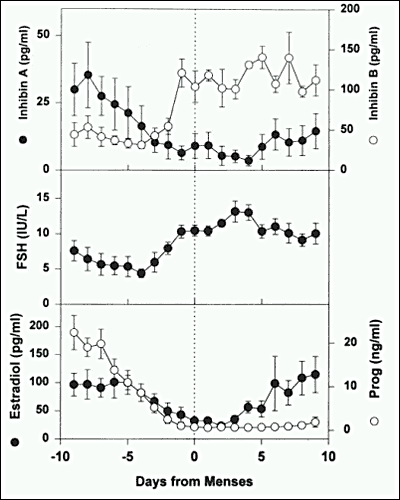
Figure 16. Diagram of the FSH signal transduction pathway in granulosa cells of a dominant follicle. FSH interacts with a receptor protein that has seven transmembrane spanning domains. The binding event is transduced into an intracellular signal via the heterotrimeric G proteins. The active aGstimulating (aGs-GTP) protein interacts with its effector protein, adenylate cyclase, to initiate cAMP formation. cAMP binds to and activates protein kinase A, which in turn phosphorylates substrate proteins that stimulate transcription of the genes encoding P450AROM and LH receptor as well as activate mitosis and follicular fluid formation. (Revised from Erickson, GF: Polycystic Ovary Syndrome: Normal and Abnormal Steroidogenesis. In Schats R. and Schoemaker J (eds): Ovarian Endocrinopathies: Proceedings of the 8th Reinier deGraaf Symposium. Parthenon Publishing, 1994)
